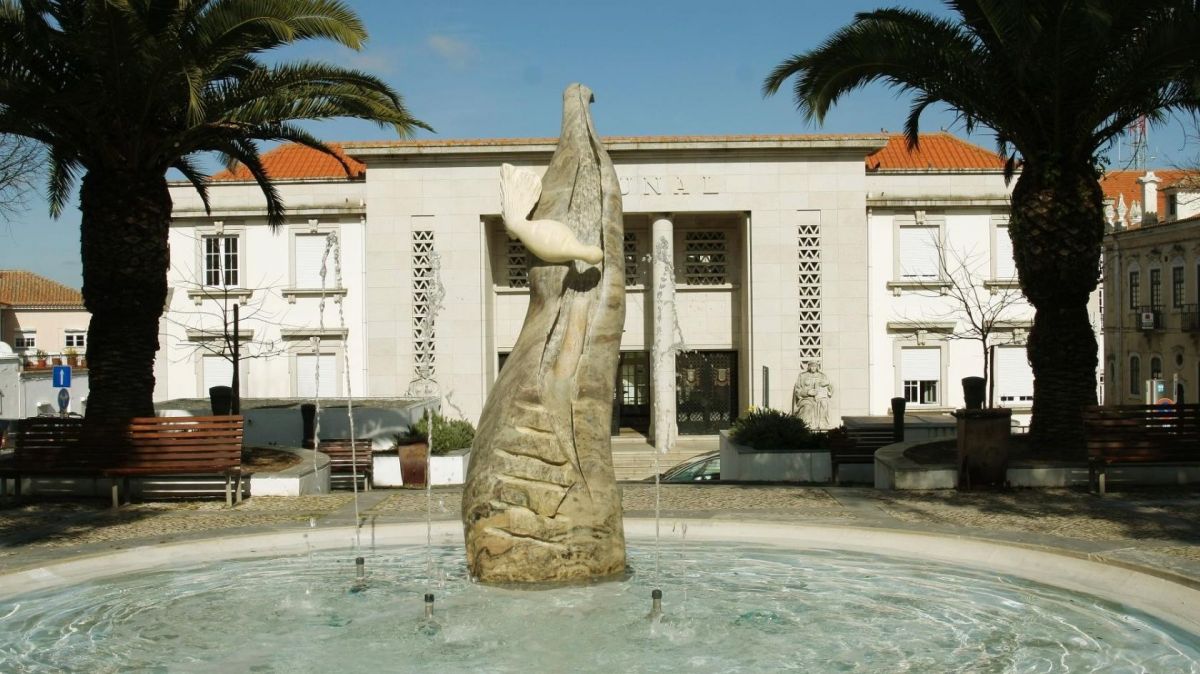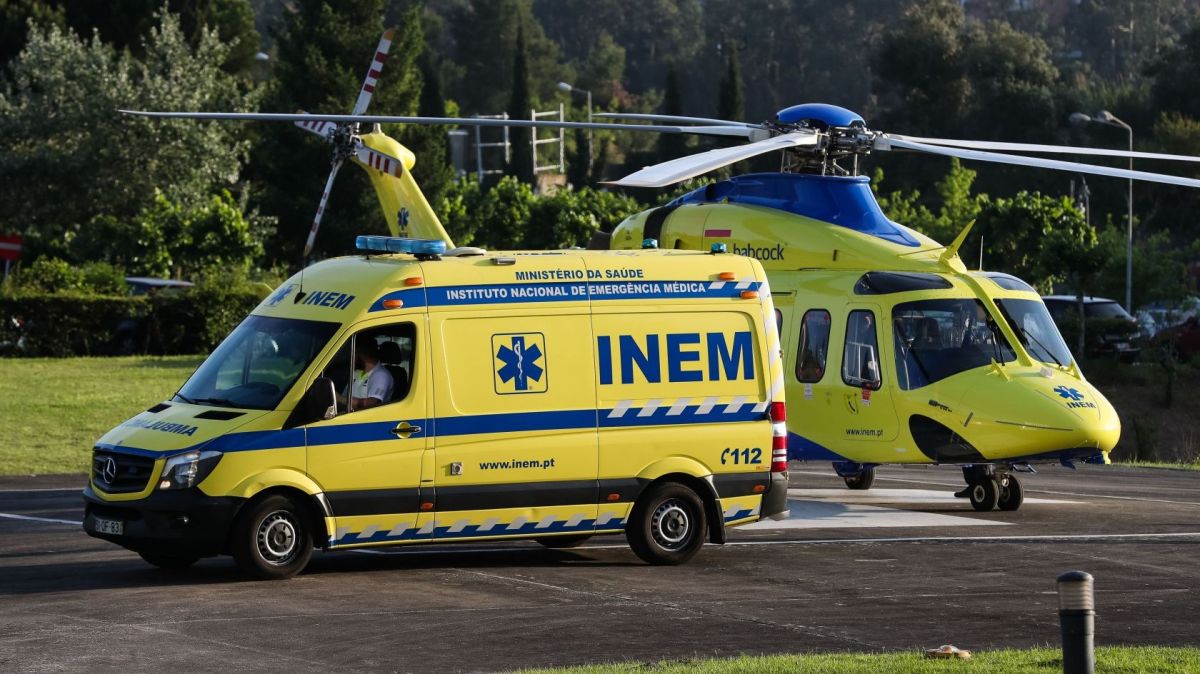Prepared by the National Commission for Women's, Children's and Adolescents' Health (CNSMCA), chaired by Alberto Caldas Afonso, the proposal argues that "the organization of the network should be based on a rational distribution of resources, promoting coordination between different units and ensuring that the most complex cases are followed up in appropriate contexts, with experienced teams and access to paediatric subspecialties."
"This approach should also promote cooperation between health units, optimising referral flows and ensuring continuity of care," reads the document published on the website of the Executive Directorate of the National Health Service (SNS), which has been open for public consultation.
The document emphasizes that "it is essential that the network be sized to effectively meet the projected demand in each region," and that the planning of installed capacity and human resources must take into account demographic evolution, local needs, and the specificities of the paediatric population."
According to the proposal, the central objective of the network is "the promotion of quality, accessible and integrated paediatric healthcare," guaranteeing an adequate response throughout the country.
"The current paediatric referral network in Portugal presents significant regional asymmetries," both in installed capacity and in the differentiation of care provided, compromising equity in the assistance provided in different regions of the country, he emphasises.
In statements to the Lusa news agency, Caldas Afonso explained that the network clearly defines the role of each hospital and the referral sequence when intervention capacity is exhausted.
He explained that the national plan organises care from "the simplest to the most complex situations in a perfectly articulated system."
"It is the mapping of the country in terms of installed capacity according to the needs that the country has, for the population it has, for the incidence of diseases it has," Caldas Afonso stressed.
Regarding the organisation of human resources, the document argues that it should be "carefully adjusted to the needs of the population up to 18 years of age, ensuring an adequate response for each level of care provided."
The allocation of Paediatric professionals should take into account the type of hospital and the required response capacity in each context, with recommended ratios according to the characteristics of the care provided.
In general hospitals (level Ib), 1 paediatrician for every 2,000 children is suggested. In hospitals with specialized care (level IIb), the ratio varies between 1 per 1,500 and 1 per 2,000 in the direct area and 1 per 5,000 to 1 per 6,000 in the indirect area, depending on the proximity to level III hospitals.
In specialised level III hospitals, 1 paediatrician per 2,000 children is recommended in the direct area and 1 per 5,000 in the indirect area.
The Local Health Units of Braga, Santo António, São João, Coimbra, Santa Maria and São José are proposed as Paediatric Surgery services due to their consolidated history and high volumes. adequate care, stable teams, permanent emergency services, subspecialties, scientific output, and regional coordination capacity.
According to the document, the Local Health Units (ULS) of Alentejo Central, Algarve, Almada-Seixal, Amadora/Sintra, Arrábida, Gaia/Espinho, Loures-Odivelas, Trás-os-Montes and Alto Douro, and Viseu Dão-Lafões have paediatric surgeons and can function as Functional Paediatric Surgery Units, offering consultations, day hospital services, and elective surgeries of low and medium complexity.
“Considering the geographical specificities of the territory and the demographic dynamics with strong seasonality, special attention from the supervisory authority is recommended for the Algarve ULS, promoting the phased reinforcement of human resources, infrastructure, and technical means that will allow it, in a planned timeframe and with external evaluation, to meet the necessary conditions to develop the Paediatric Surgery Service, ensuring an equitable response to the children and young people of the region,” it recommends.
The document highlights that the paediatric cardiology network, structured in reference centres with proven technical capacity, guarantees equity and quality in the care of children, with coordination between levels of care and specialties.
It also argues that "investing in telemedicine as an operational component of the network reinforces the cohesion and equity of the system, promoting truly universal and high-quality access to paediatric cardiovascular medicine in Portugal."















